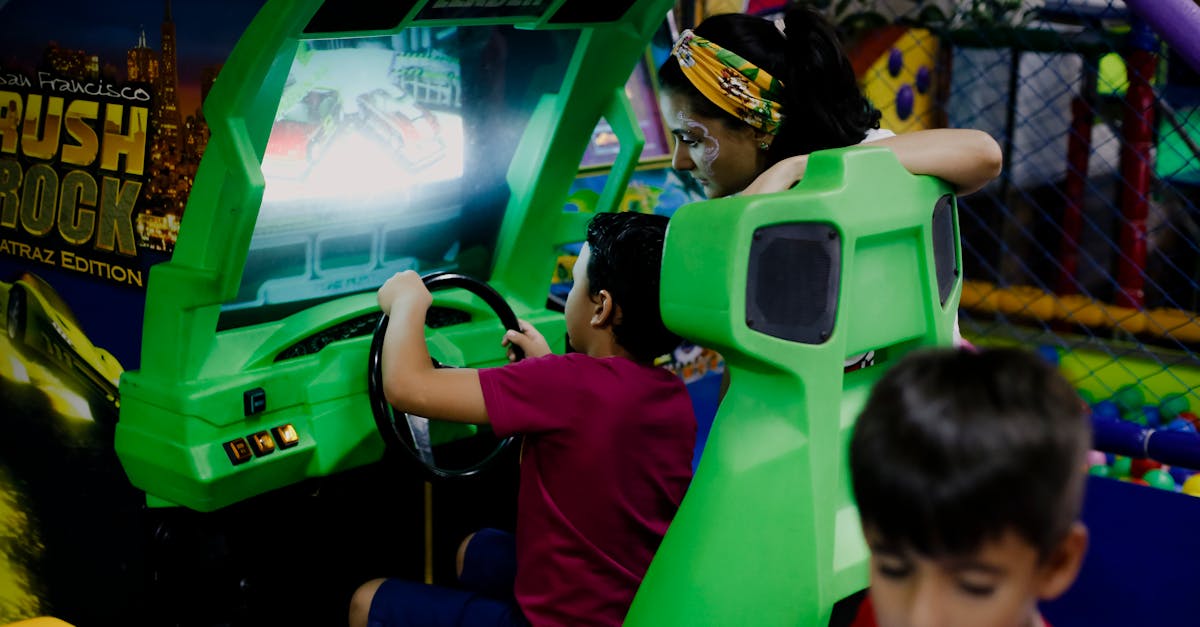Understanding the Screen Time Struggle
Screens are everywhere, and balancing screen time can be tricky. Children are naturally drawn to screens, whether it’s for games, videos, or online lessons. As parents, it’s crucial to find a balance. Too much screen time can lead to digital fatigue, yet screens also offer fantastic learning opportunities.
Acknowledge the common emotional challenges—feeling overwhelmed and unsure about balancing screen time. You’re not alone in this struggle!

Find ways to navigate the screen time struggle while making the most of the benefits screens have to offer.
Setting Healthy Screen Time Boundaries
Setting healthy screen time boundaries is essential. Create a family media plan that includes screen-free times, like during meals or before bed. Use timers to manage screen sessions, and explain why these rules matter. Be consistent yet flexible. Adjust boundaries based on your child’s age, needs, and activities. Remember, it’s not about banning screens entirely but using them mindfully. Over time, children will learn to self-regulate their screen habits.

Key Takeaways:
- Create a family media plan with screen-free times.
- Use timers to manage screen sessions.
- Explain the importance of setting boundaries.
- Be consistent and flexible in enforcing rules.
- Adjust boundaries based on age and activities.
- Encourage mindful screen usage rather than a complete ban.
- Children will learn to self-regulate over time.
Incorporating ChatGPT into Learning
ChatGPT can be a valuable learning tool. Integrate it effectively into your child’s routine. Use it to help with homework, researching topics, or learning new skills. It’s like having an interactive tutor available 24/7.
Encourage your child to ask ChatGPT questions related to their studies. This not only helps them learn but also makes screen time productive and educational.

Making Learning Fun with ChatGPT
Learning shouldn’t be a chore. Make it enjoyable with ChatGPT. Use the platform for interactive learning through fun quizzes, brainstorming sessions, and creative writing prompts. Share your own funny or interesting AI interactions with your child, showing them that learning can be both amusing and educational. Turning learning into a game helps children engage more effectively and enjoy their educational journey.

Learning should be:
- Interactive
- Fun
- Engaging
Communicating with Your Child about Screen Time
Communication is key when managing screen time. Talk openly with your children about why screen limits are important. Use humor to lighten the conversation. Share your own screen struggles—like staying up late scrolling through social media. This helps them understand that managing screen time is a challenge for everyone, not just kids. Encourage them to express their feelings about screen limitations and find solutions together.

Encouraging Offline Activities
Don’t forget the importance of offline activities. Encourage your child to explore hobbies that don’t involve screens, like reading, drawing, sports, or playing an instrument. Plan family activities that promote physical movement and real-world interaction. Balancing screen time with offline activities nurtures a well-rounded development. Sharing personal stories of your own hobbies or family activities can inspire your child to find joy beyond the screen.

Remember, a healthy mix of screen time and offline activities is essential for your child’s holistic growth and well-being.
